Kapitel 1
1.2.1 DET DANSKE RIGE TAGER FORM
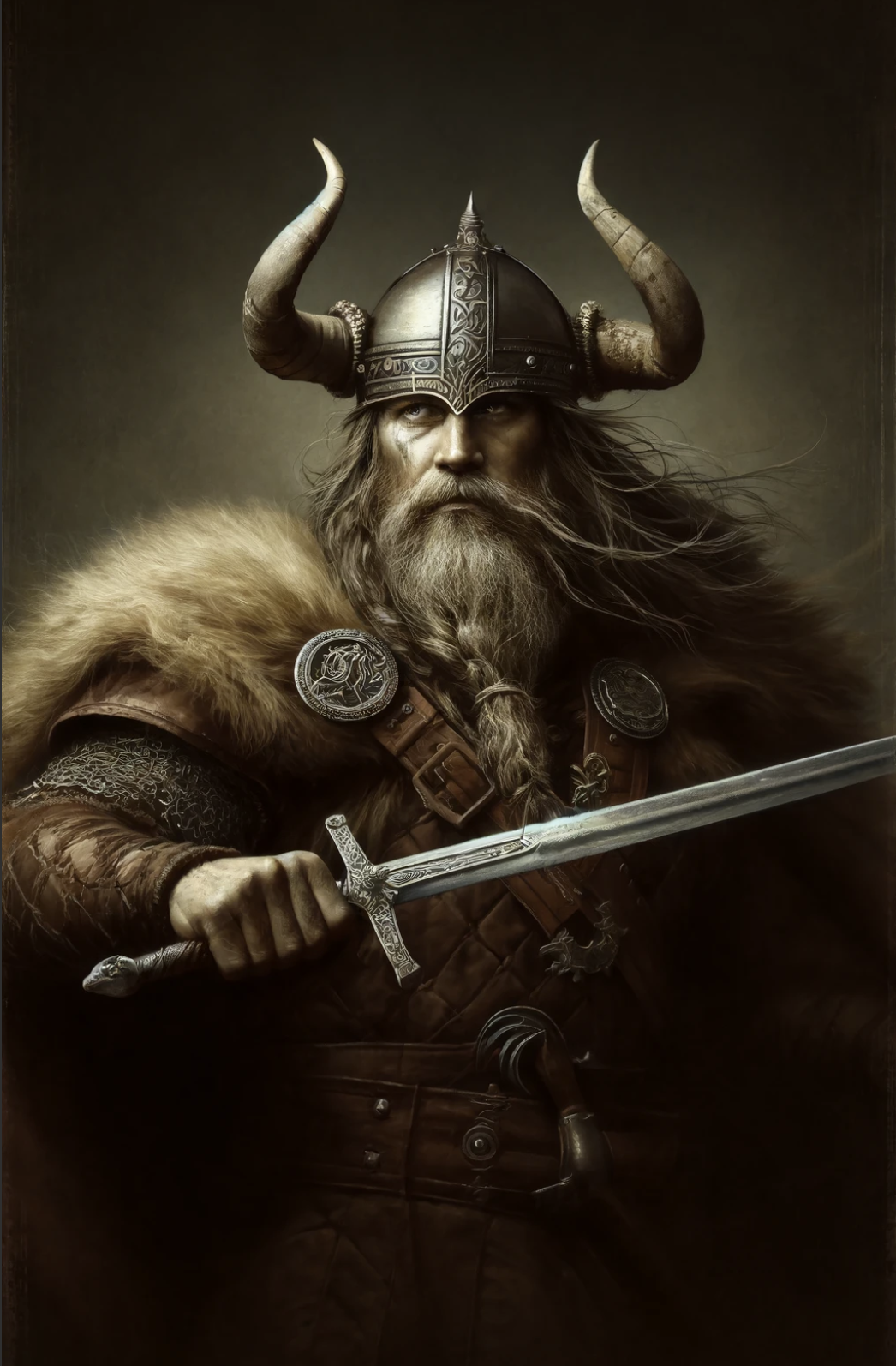
Angantyr
700 -
The first known king who united part of the area that later became Denmark, around the year 700.
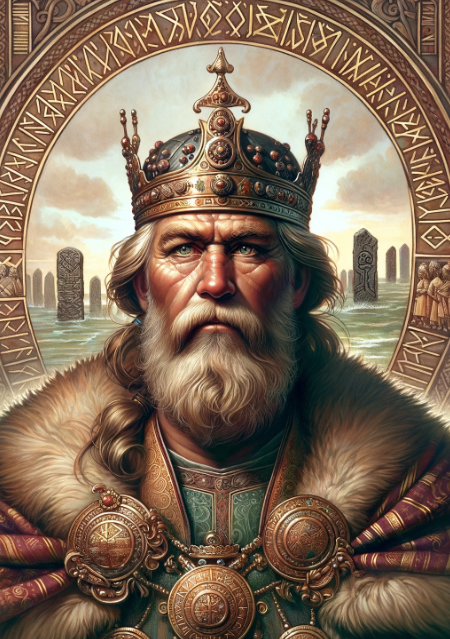
Gorm den Gamle
936 - 958
King Gorm the Old, who reigned in Denmark and commemorated his wife Thyra on a runestone around the year 955.
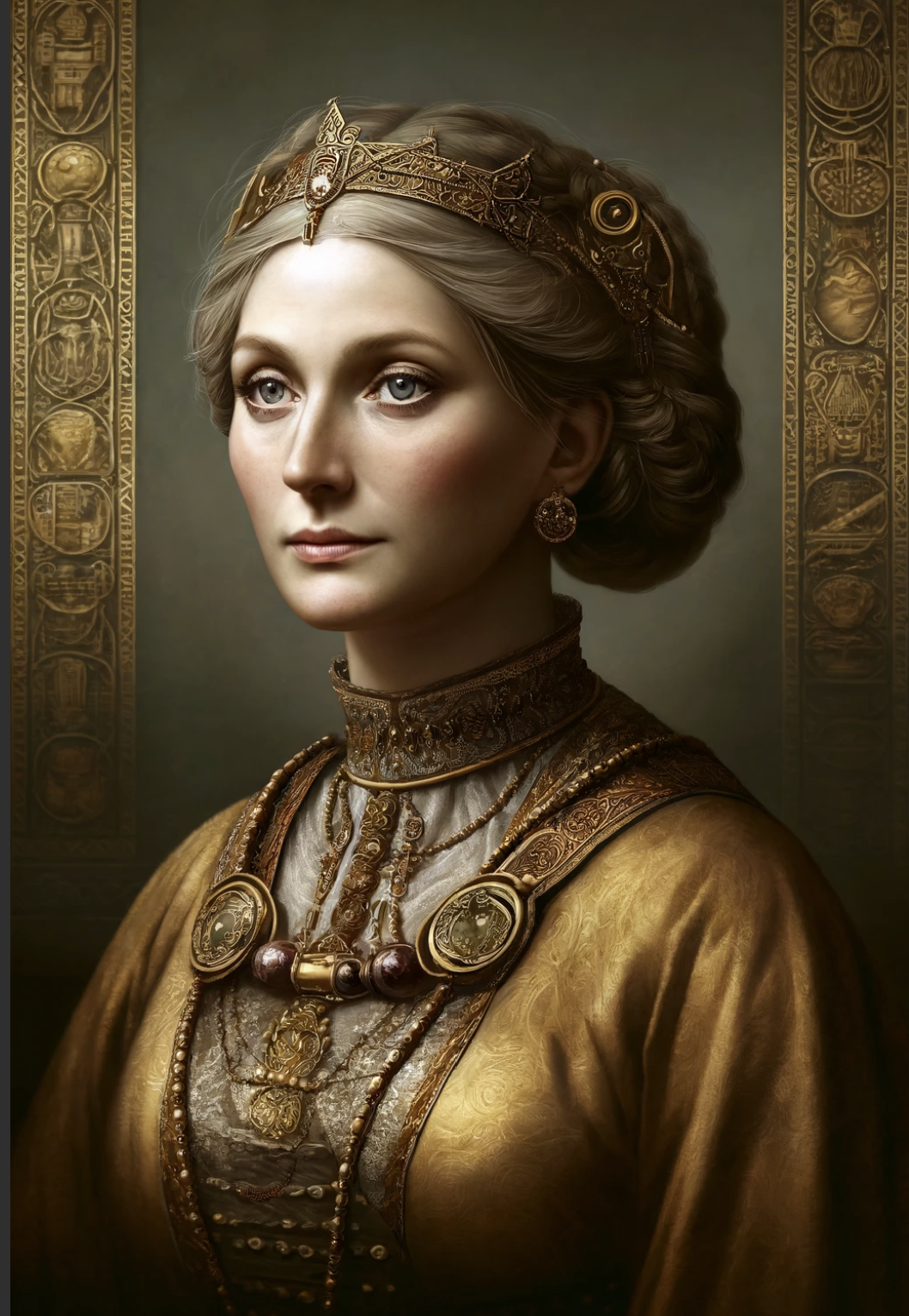
Thyra
Circa 955 -
Wife of Gorm den Gamle and mother of Harald Blåtand
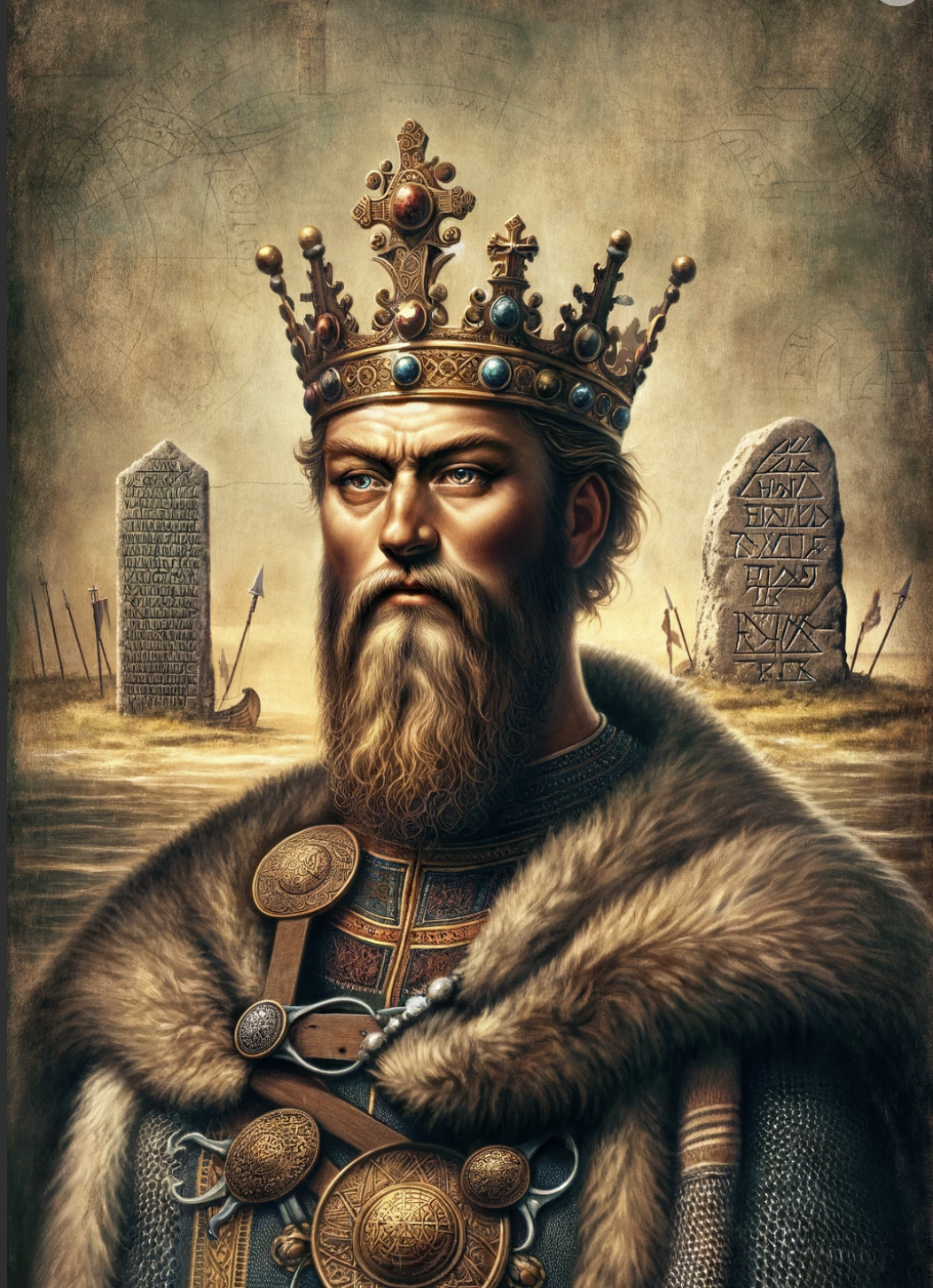
Harald Blåtand
958 - 986
King Harald Bluetooth, considered the first king of all Denmark, who erected runestones and built ring fortresses around the year 965.
1.2.2 VIKINGERNES KONTAKT MED OMVERDENEN
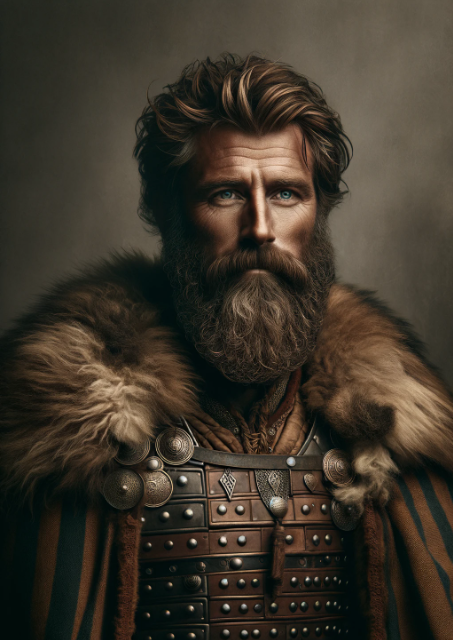
Svend Tveskæg
987 - 1014
King Svend Tveskæg, who conquered England and became its king in 1013.

Knud den Store
1018 - 1035
King Canute the Great, Son of Svend Tveskæg, ruled as king of England, Denmark, and Norway, overseeing the largest Viking empire during his reign.
1.2.3 ASATRO
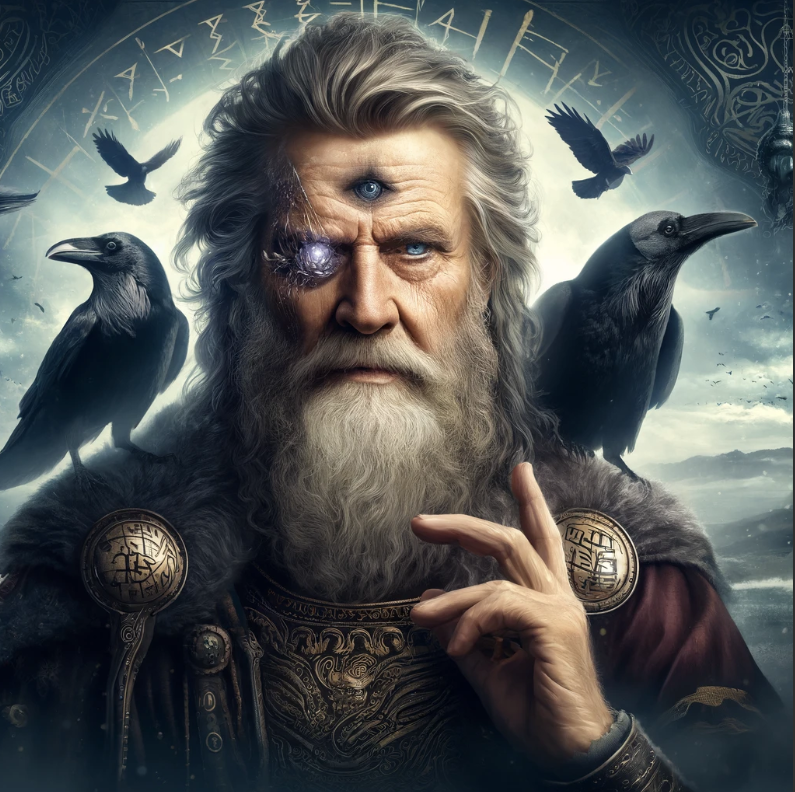
Odin
-
The king of the gods in Norse mythology, often depicted as an elder with one eye and two ravens.
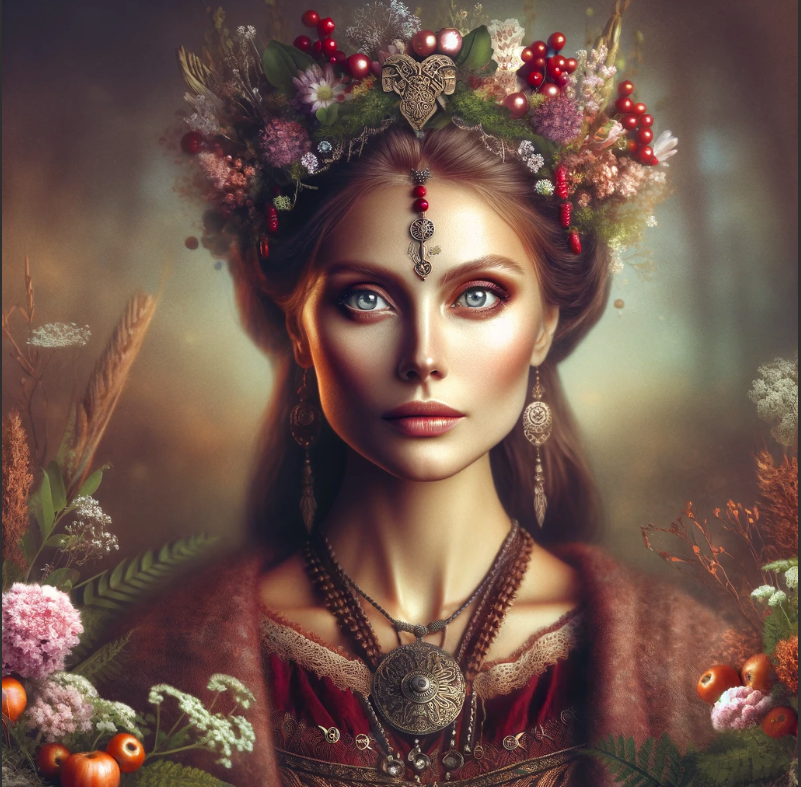
Freja
-
The goddess of fertility in Norse mythology.

Thor
-
The god of thunder and war in Norse mythology, who rides across the sky in his chariot.
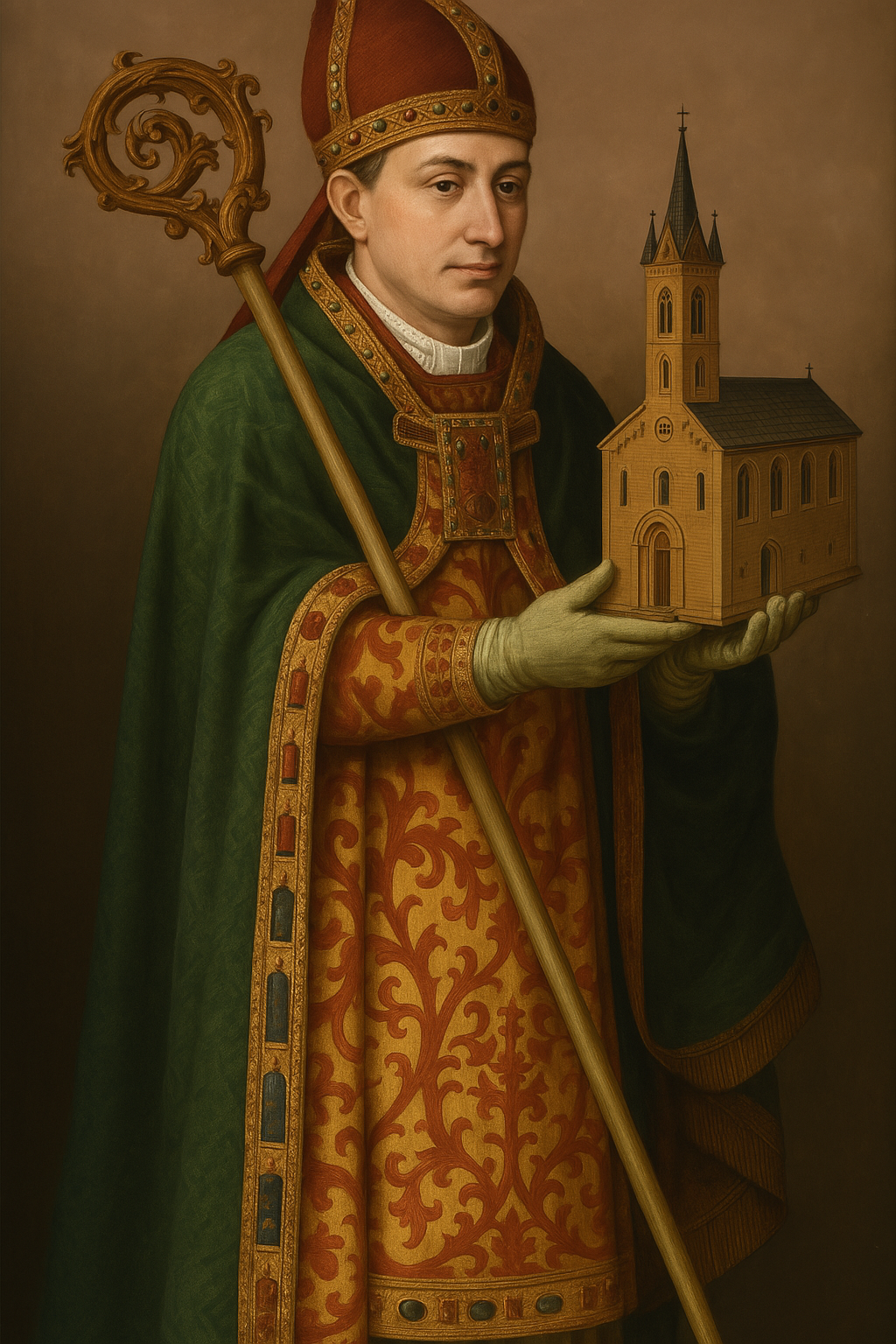
Ansgar
801 - 865
The German missionary who built churches in Hedeby and Ribe in the mid-800s.
1.3.1 MAGTKAMP MELLEM KONGE, ADEL OG KIRKE
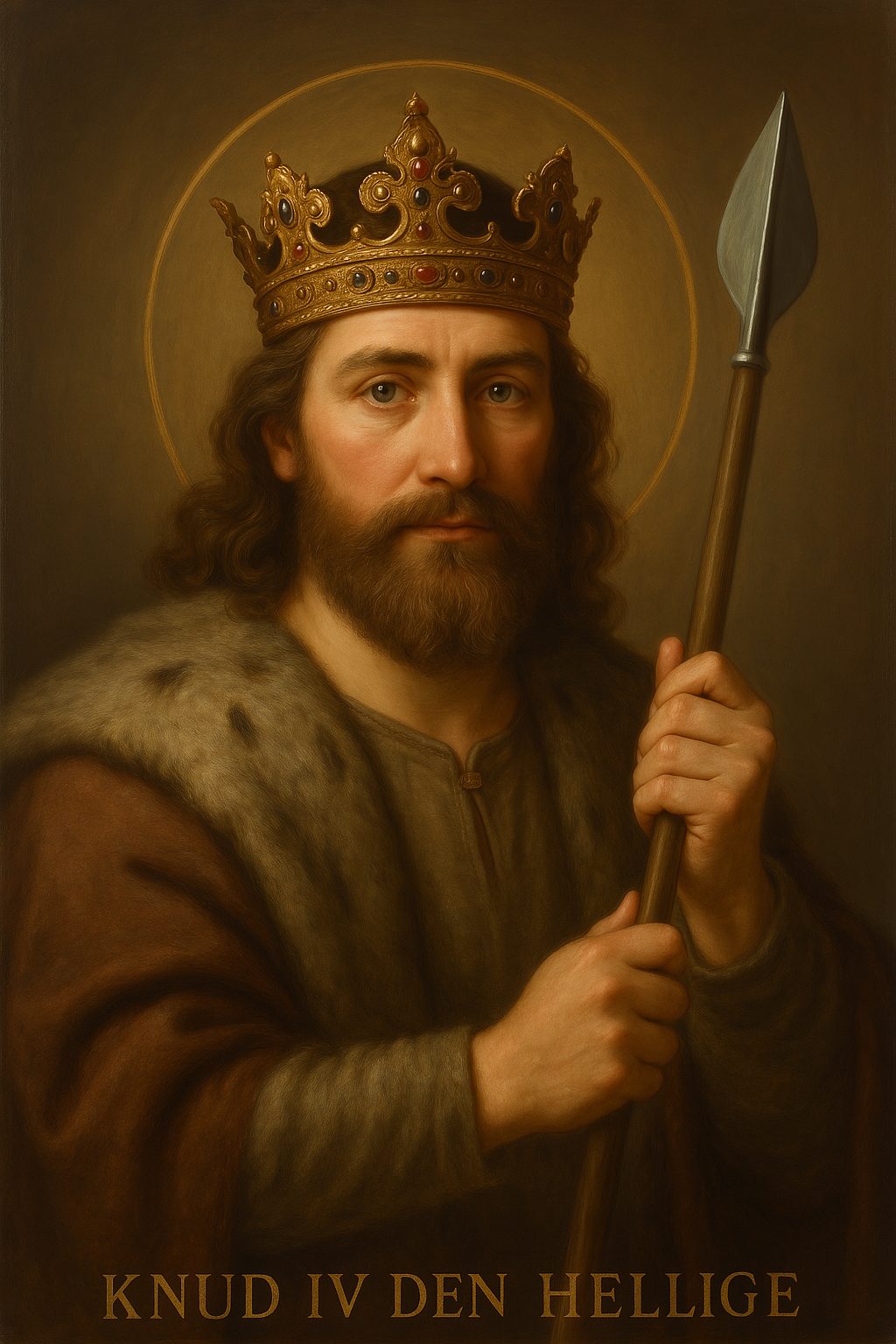
Knud den Hellige
1080 - 1086
King Canute IV, who was murdered by nobles in Sankt Albani Church in Odense in 1086.
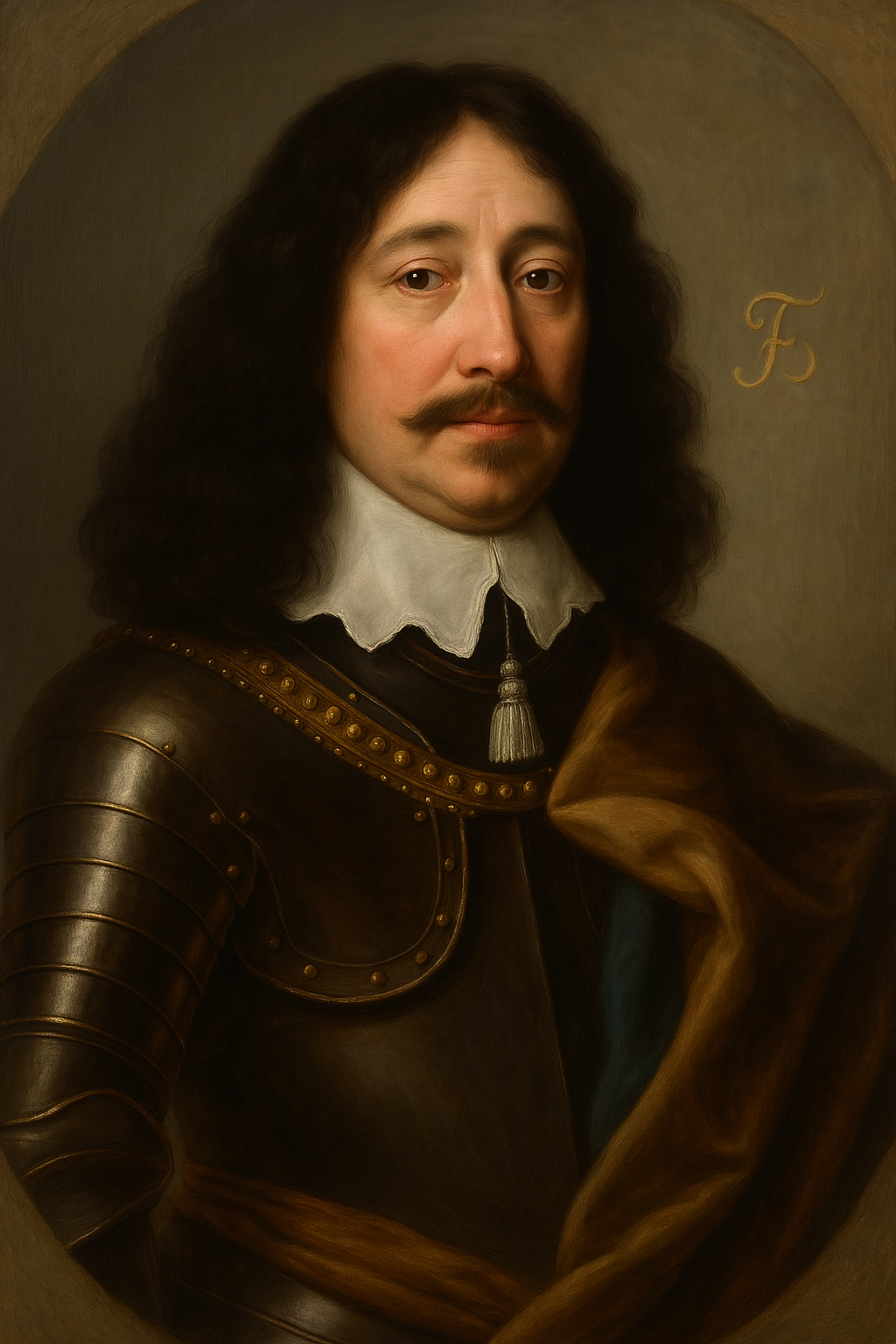
Frederik den 3.
1648 - 1670
King Frederick III, who signed the last 'håndfæstning' (charter) in 1648, which was later annulled during the establishment of absolute monarchy.
1.3.2 PEST, GENOPBYGNING OG KALMARUNION
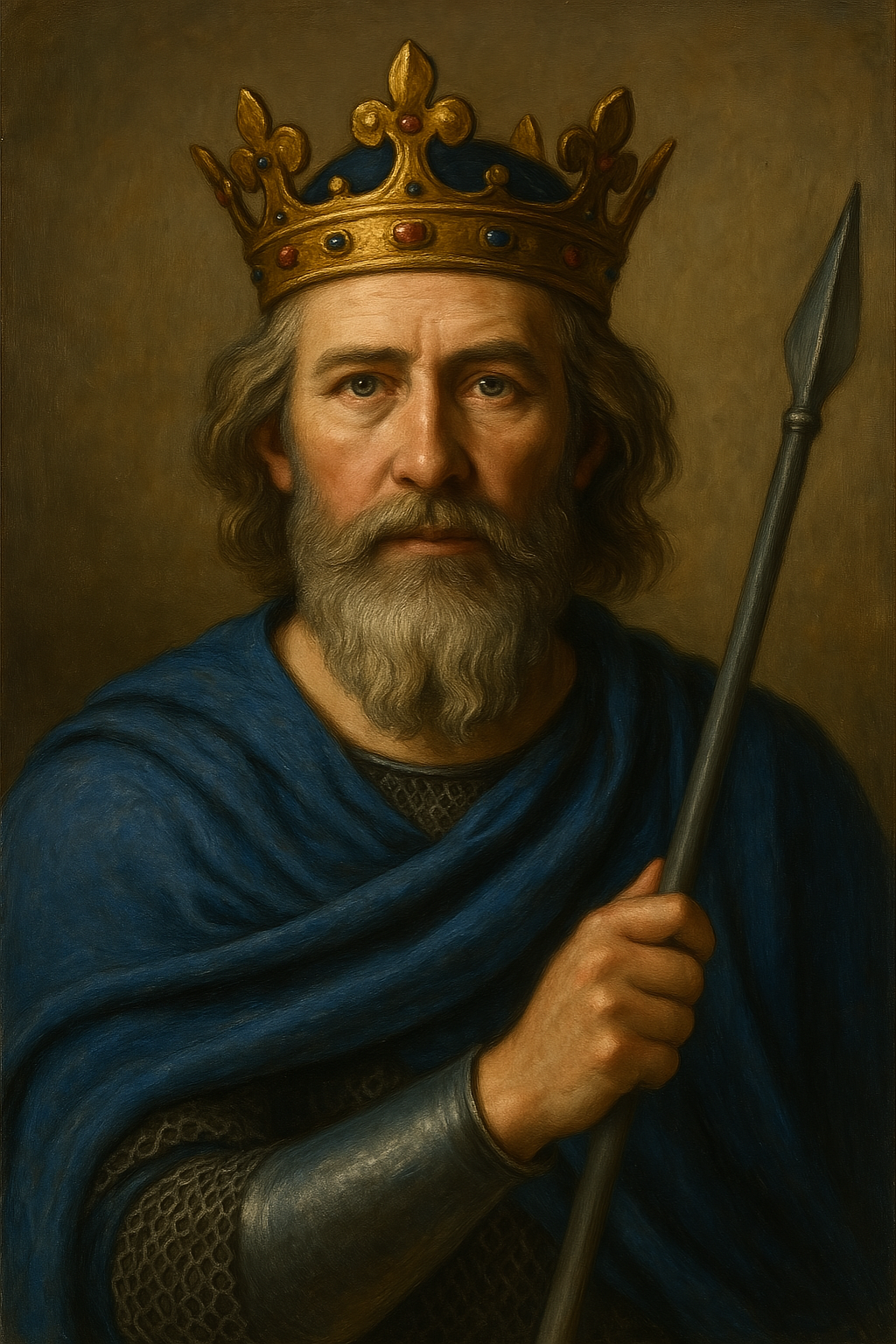
Valdemar Atterdag
1340 - 1375
King Valdemar IV, who reunited Denmark and rebuilt state power during the mid-1300s, during a time when the Black Death ravaged the land.
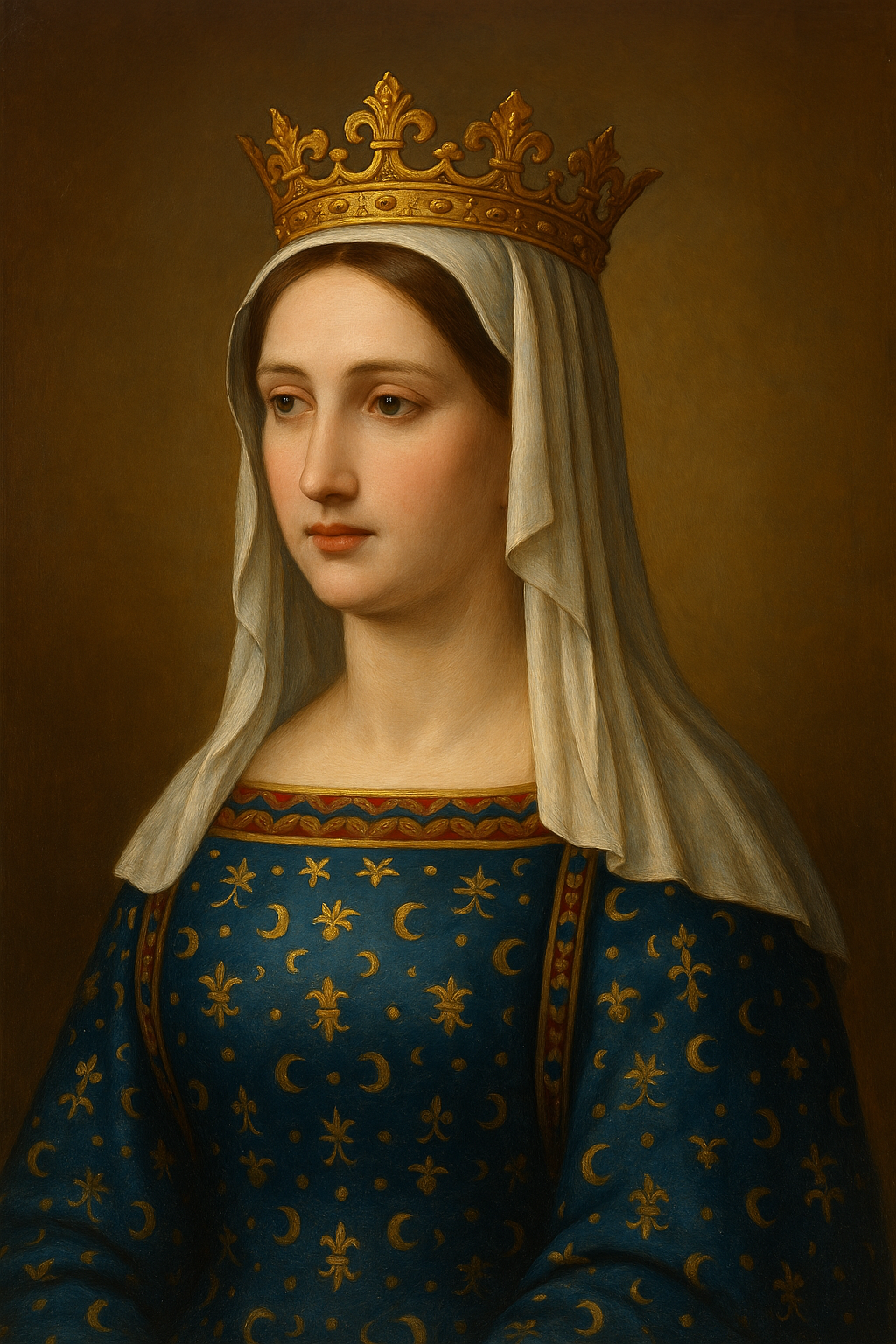
Margrete den 1.
1375 - 1412
Queen Margaret I, who united Denmark, Norway, and Sweden under the Kalmar Union in 1397.
1.4.1 REFORMATIONEN

Martin Luther
1483 - 1546
Led one of the Protestant movements in the early 1500s, which led to the establishment of independent Protestant churches in Northern Europe.
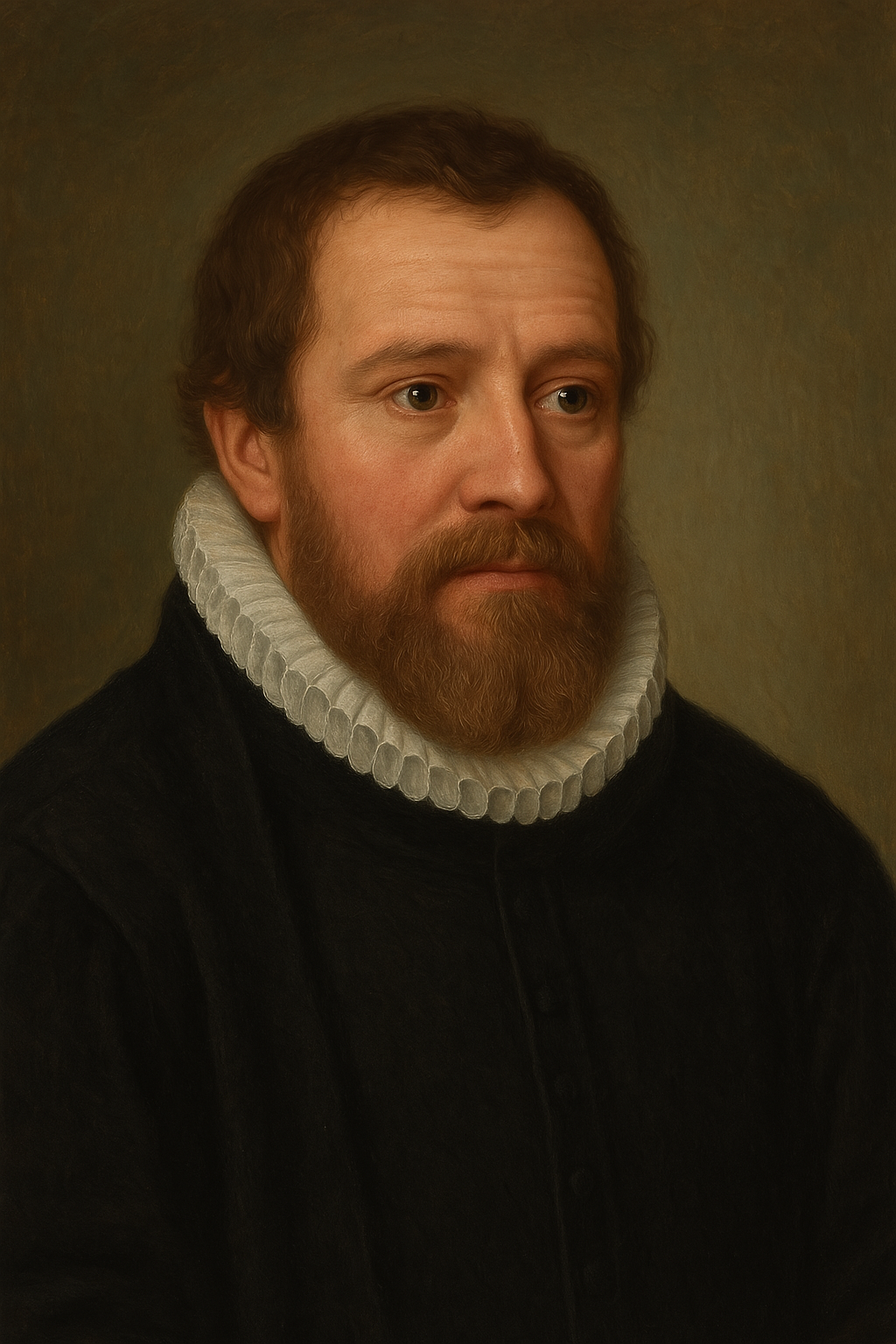
Hans Tausen
1494 - 1561
Spread Martin Luther's ideas in Denmark during the 1520s.
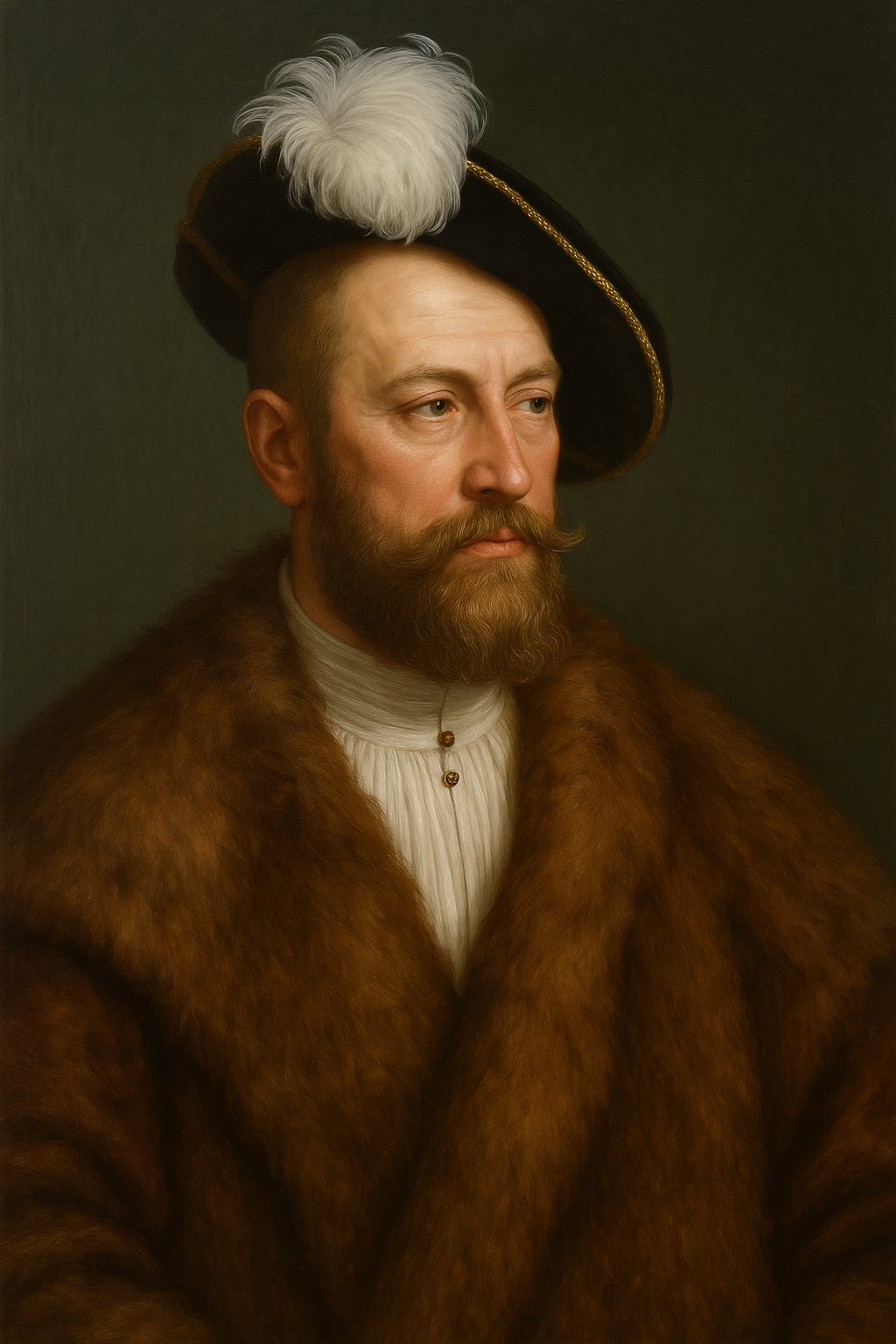
Christian den 3.
1536 - 1559
Led the Protestant forces to victory in the Danish civil war of 1534-36 and oversaw the formal implementation of the Reformation in Denmark.
1.4.2 CHRISTIAN DEN 4. OG SVENSKEKRIGENE
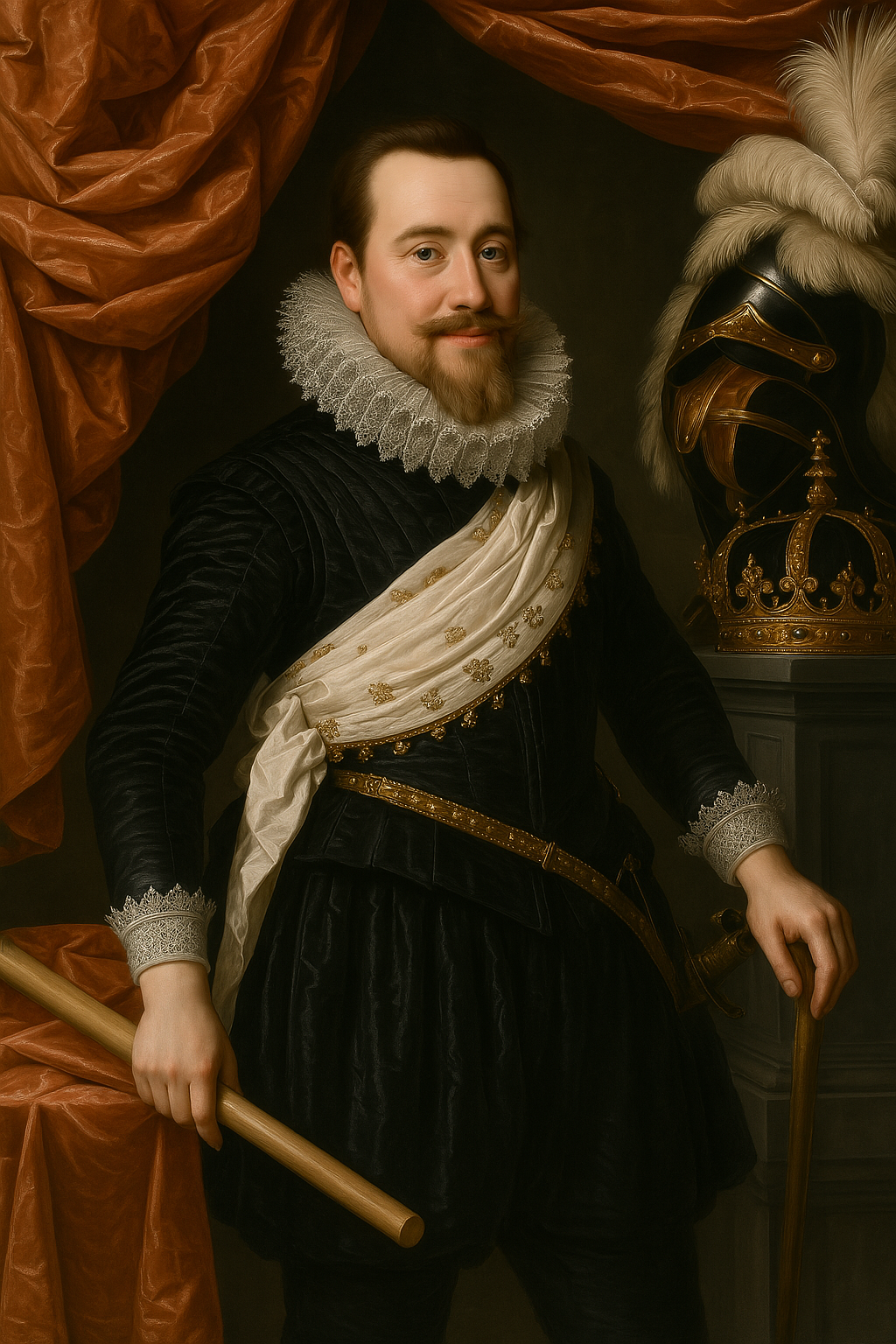
Christian den 4.
1588 - 1648
Ruled for nearly 60 years, longer than any other Danish king, and was known for his contributions to art, architecture, and city planning, as well as for Denmark's military defeats and territorial losses during his reign.
1.4.3 ENEVÆLDEN INDFØRES

Frederik den 3.
1648 - 1670
King of Denmark from 1648 to 1670 who abolished the privileges of the nobility, introduced absolutism, and established a hereditary monarchy.
1.5 SØFARTSNATION OG KOLONIMAGT (fra ca. 1620)

Hans Egede
1721 -
The Norwegian priest who arrived in Greenland in 1721 to spread Christianity and support trade in Greenlandic products.
1.6.3 VEJEN TIL EN FRI GRUNDLOV

Frederik den 7.
1848 - 1863
King of Denmark from 1848 to 1863 who abolished absolutism, introduced constitutional monarchy, and signed Denmark's first free constitution, Danmarks Riges Grundlov, in 1849.
1.8.3 PARLAMENTARISMENS GENNEMBRUD
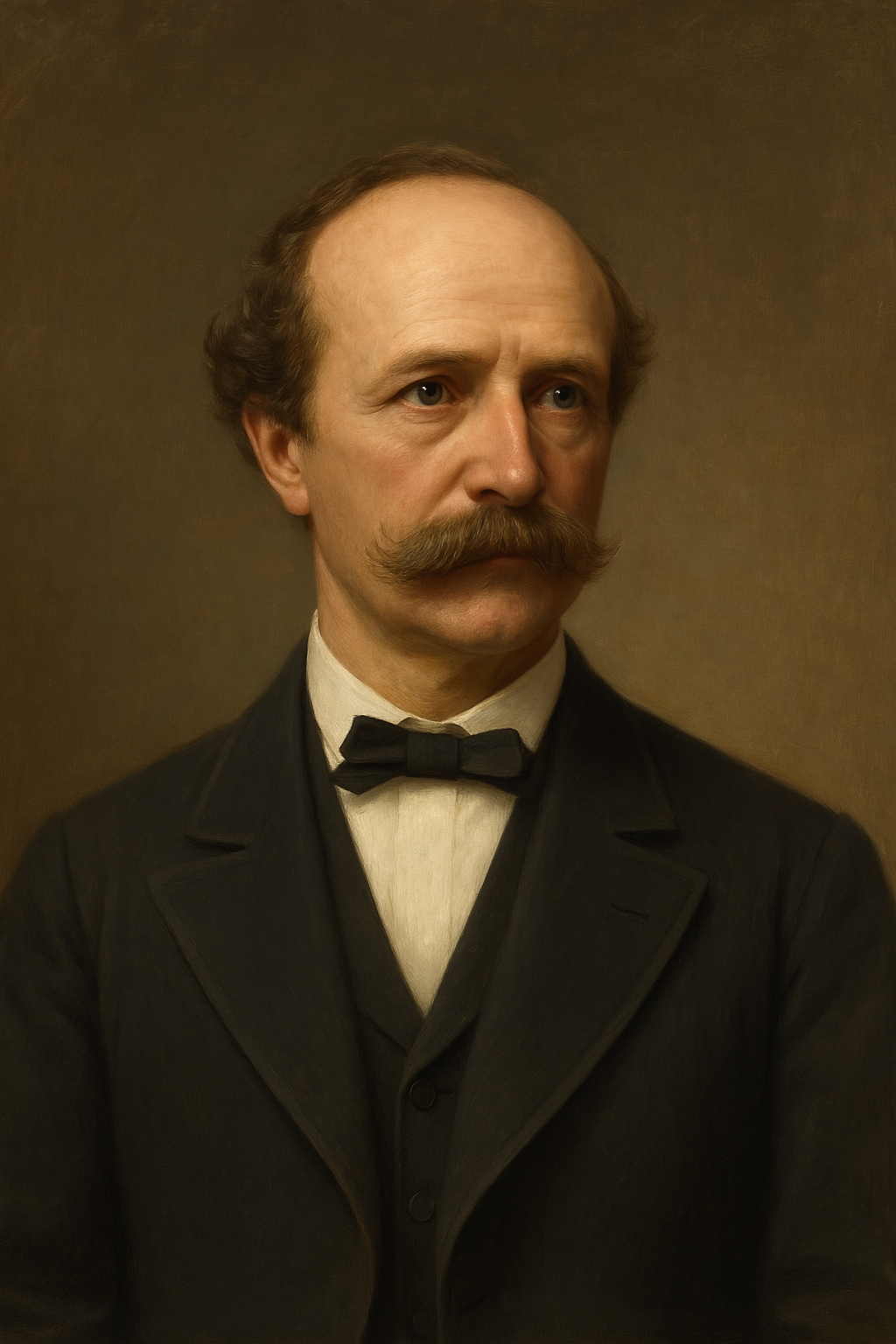
J.B.S. Estrup
1875 - 1894
Council President of Denmark from 1875 to 1894, leading several conservative governments and issuing provisional finance laws during the constitutional struggle.
1.8.4 KVINDEBEVÆGELSEN

Nathalie Zahle
1827 - 1913
An advocate for women's right to education and independence, she founded N. Zahles Skole in Copenhagen in 1877.
1.9.3 GENFORENINGEN OG FORFATNINGSKRISEN
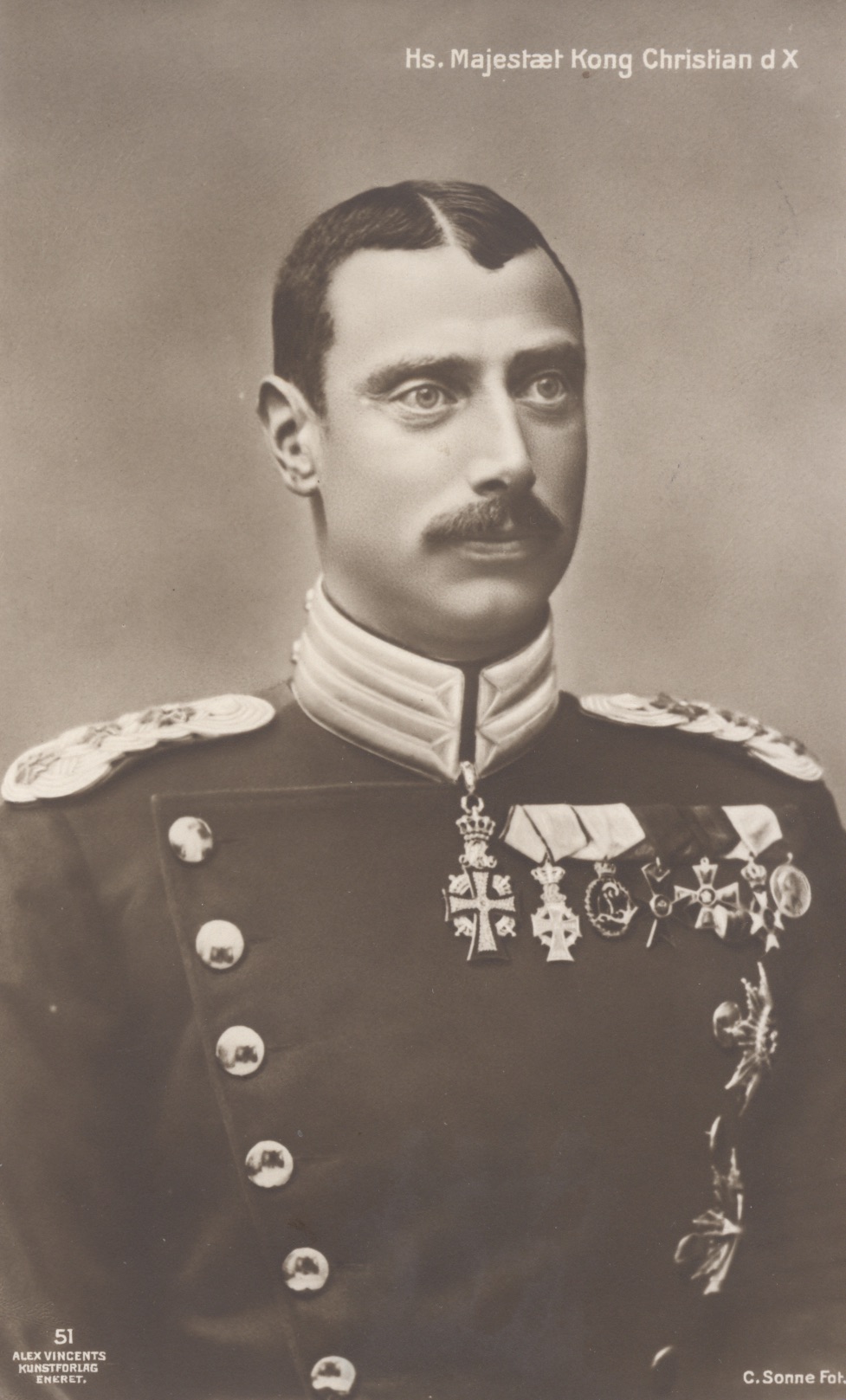
Christian den 10.
1912 - 1947
King of Denmark from 1912 to 1947, who played a significant role during the reunification of Sønderjylland with Denmark and was involved in the 1920 Easter Crisis.
1.9.4 ØKONOMISK KRISE OG SOCIALREFORMER

Thorvald Stauning
1924 - 1942
Denmark's first social democratic prime minister, serving from 1924 to 1926 and from 1929 to 1942. He led the country through the Great Depression and established the Kanslergade Agreement.

Nina Bang
1924 - 1926
Denmark's first female minister, serving as Minister of Education from 1924 to 1926.
1.10.1 BESÆTTELSE OG SAMARBEJDE

Erik Scavenius
1942 - 1943
Former foreign minister and advocate of collaboration policy with Nazi Germany, who led a new Danish government from 1942 until his resignation in August 1943.
1.11.1 DANSK POLITIK OG DEN KOLDE KRIG

Frederik den 9.
1947 - 1972
King of Denmark from 1947 to 1972, during whose reign the Danish constitution was amended to allow for female succession to the throne.

Ingrid
1910 - 2000
Queen Consort of Denmark, married to King Frederik den 9., and mother of three daughters, Anne-Marie, Benedikte, and Margrethe.
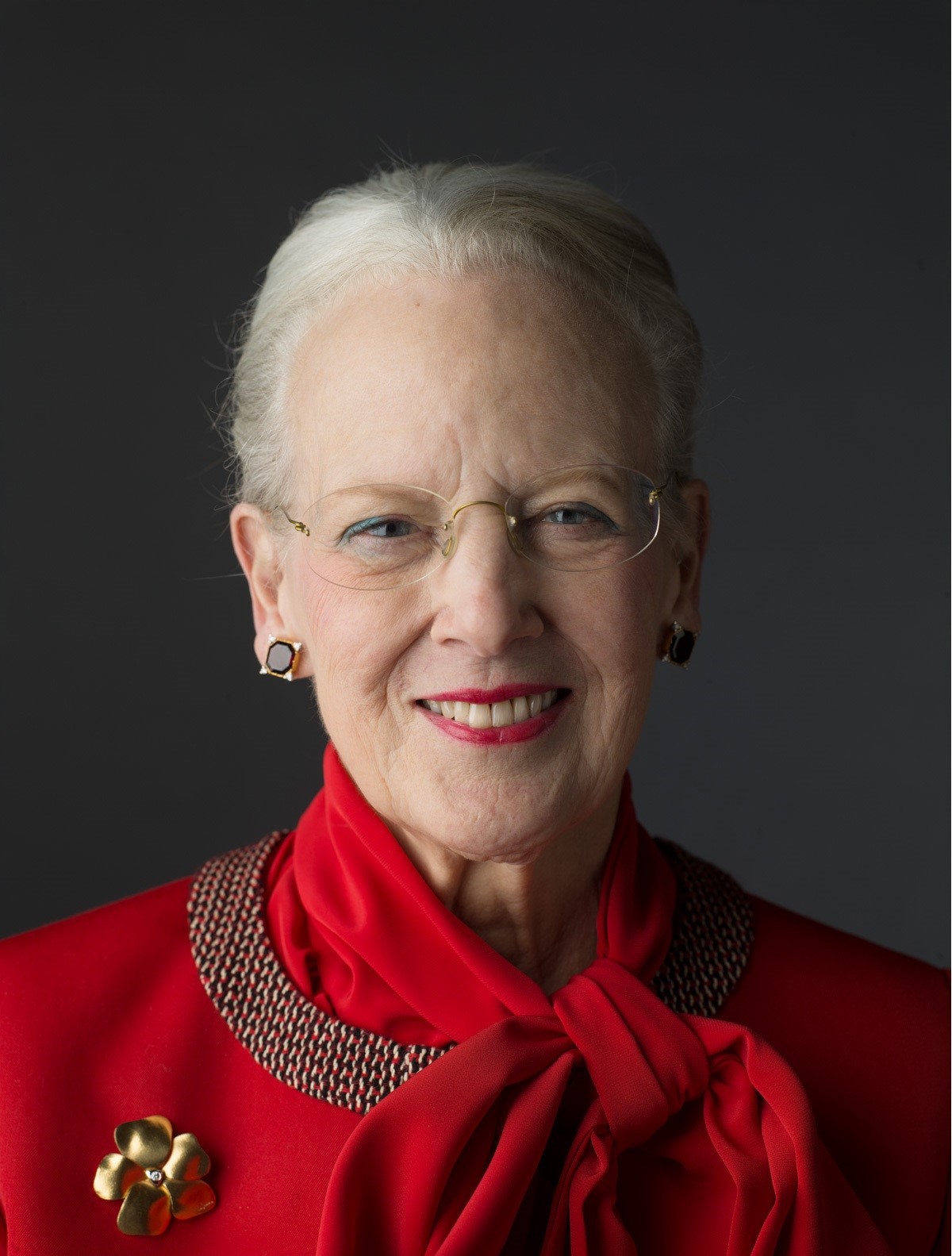
Margrethe den 2.
1972 -
Current Queen of Denmark, who succeeded her father Frederik den 9. following the constitutional amendment allowing female succession.
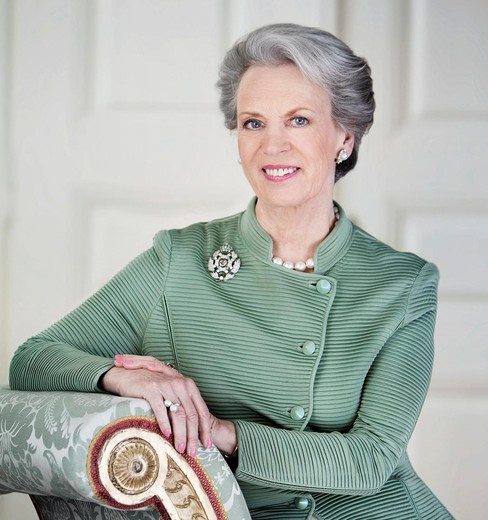
Benedikte
1944 -
Middle daughter of King Frederik den 9. and Queen Ingrid, born in 1944.

Anne-Marie
1946 -
Youngest daughter of King Frederik den 9. and Queen Ingrid, born in 1946.
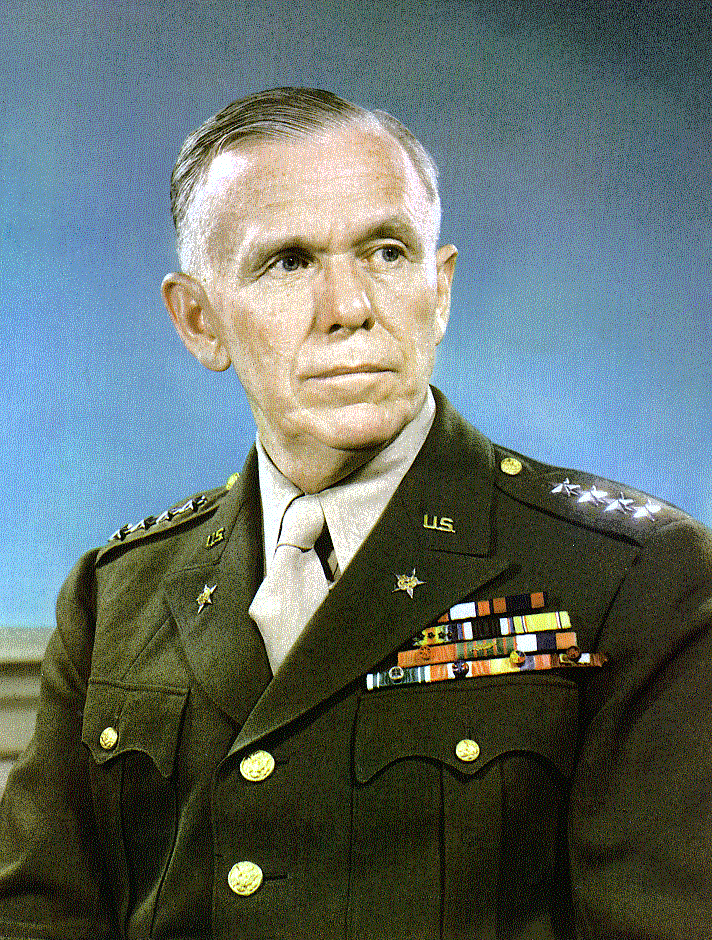
George Marshall
1947 - 1949
U.S. Secretary of State who initiated the Marshall Plan, providing economic aid to Western European countries, including Denmark, for post-World War II reconstruction.
1.11.3 UNGDOMSOPRØR OG NYE KULTURELLE STRØMNINGER
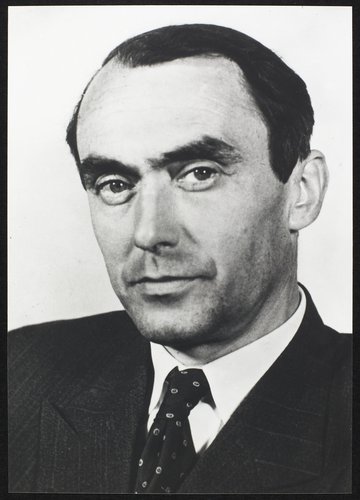
Mogens Fog
-
Rector of Copenhagen University who witnessed a student demonstration with 5,000 participants at Vor Frue Plads during the student uprising.
1.12.1 DANMARKS MEDLEMSKAB AF EF
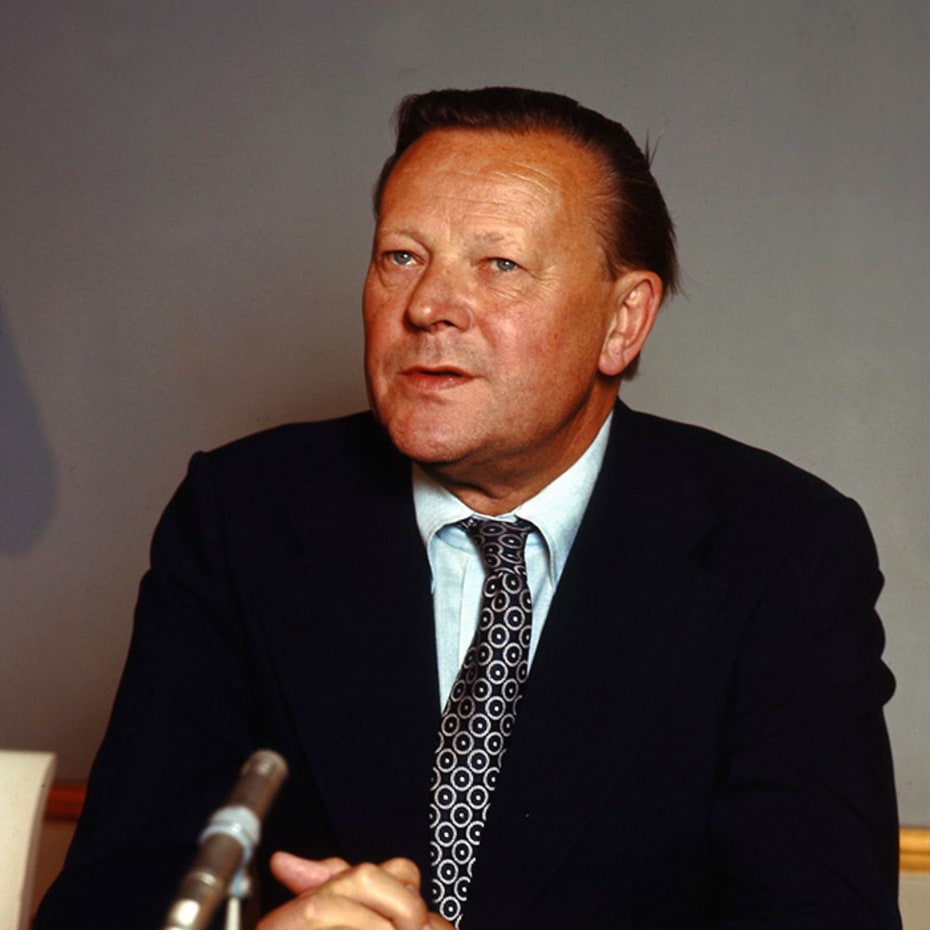
Jens Otto Krag
1972 -
Social Democratic Prime Minister of Denmark who signed the Treaty of Rome, marking Denmark's entry into the European Economic Community (EEC), later known as the European Union (EU).
1.12.3 POLITISK OPBRUD

Poul Schlüter
1982 - 1993
Denmark's first and only Prime Minister from the Conservative People's Party, serving from 1982 to 1993. He took office during a period of economic crisis. During his time the Danish economy improved.
Mogens Glistrup
1973 -
Leader of the protest party Fremskridtspartiet, which gained 16% of the vote in the 1973 Danish election, known as the Jordskredsvalget or 'landslide election'.
1.12.4 SOCIALE BEVÆGELSER

Greta Thunberg
-
A Swedish climate activist who inspired many Danish students to strike for more action against climate change.
1.13.2 ØKONOMISK OPSVING OG DISKUSSIONER OM INDVANDRING

Poul Nyrup Rasmussen
1993 - 2001
Social Democratic Prime Minister of Denmark from 1993 to 2001, during a period of economic growth and improved trade balance.

Anders Fogh Rasmussen
2001 - 2009
Venstre Prime Minister of Denmark from 2001 to 2009, who implemented stricter immigration policies.

Pia Kjærsgaard
1995 - 2012
Founder and leader of the Danish People's Party (Dansk Folkeparti) from 1995 to 2012, and the first female Speaker of the Danish Parliament.
1.13.5 VELFÆRDSSTATENS UDFORDRINGER

Anders Fogh Rasmussen
2001 - 2009
Prime Minister of Denmark until 2009, when he was elected as Secretary General of NATO.

Lars Løkke Rasmussen
2009 - 2019
Prime Minister of Denmark from 2009 to 2011 and again from 2015 to 2019, leading the country through various welfare reforms.
Helle Thorning-Schmidt
2011 - 2015
Denmark's first female Prime Minister, serving from 2011 to 2015, during a period of significant welfare reforms.
1.13.7 NYT POLITISK OPBRUD
Inger Støjberg
2022 -
Founder and leader of Danmarksdemokraterne, a party critical of immigration and focused on rural areas.

Lars Løkke Rasmussen
2022 -
Founder and leader of Moderaterne, a centrist party aiming for a coalition government 'across the middle'.
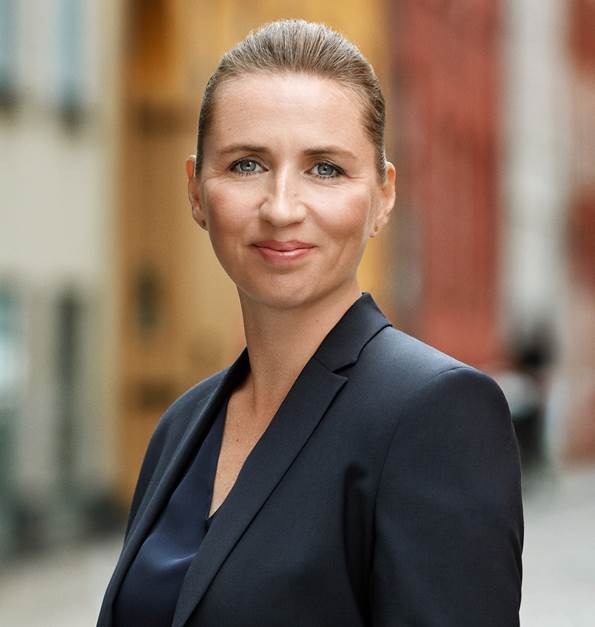
Mette Frederiksen
2019 -
Prime Minister of Denmark since 2019, leading a minority government of the Social Democrats.